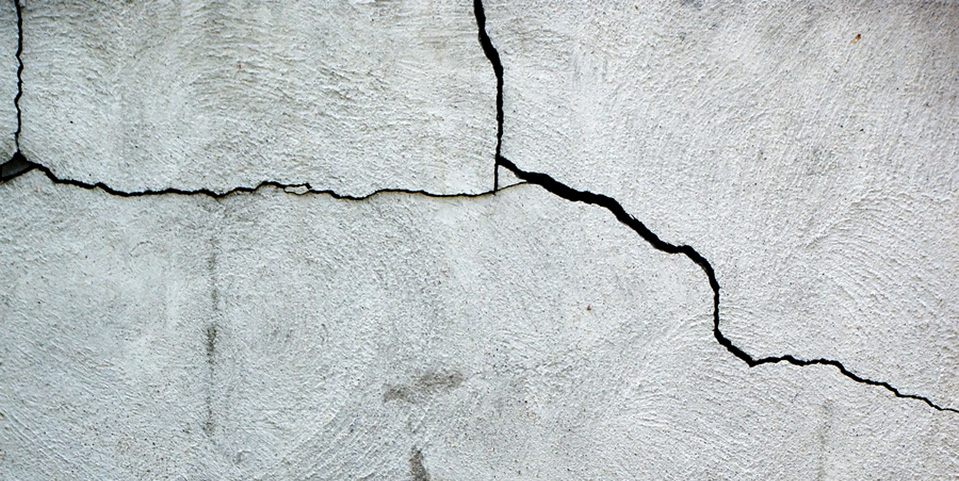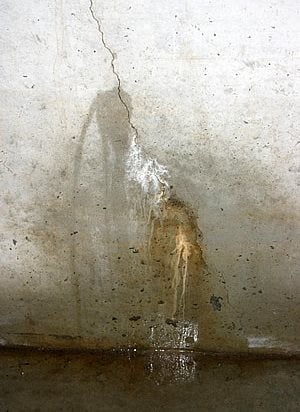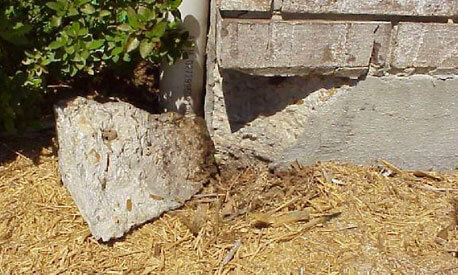Our Process for Concrete Foundation Cracks
Generally, concrete foundation repair is not necessary due to the fact that concrete is a very long lasting product. In reality, some concrete foundations built more than a a century back in Colorado's gold nation villages still stand today. Not all concrete structures are as strong and lasting as those ones. Some weaken after years of weather and wear.
If you find yourself requiring to fix a concrete foundation, follow these 5 to finish the task. Step 1 - Get Rid Of Harmed Portions Use a circular saw with a masonry blade to cut and eliminate the broken part of your concrete structure. If you discover steel rebar in the structure, leave it in place and eliminate the rust, concrete debris, and dirt which is stayed with it.
In removing the damaged area of concrete, cut out a square of the Repairing Concrete Foundation Cracks harmed concrete, with the damaged portion located in the center of the square. Make certain that in cutting the concrete into a square, you make the edges 90. Leave a 1-inch margin between the edge of the square and the damaged concrete.
Use a steel cement trowel to level the new mortar. Step 3 - Path Cracks Replace the masonry blade in your circular saw with a crack chaser blade, then route open cracks till they are 1-inch deep. The surface of the brand-new fracture sides need to be vertical when you have actually ended up routing.
Our Repairing Concrete Foundations Services
Guarantee that all moisture has evaporated. Wetness avoids the epoxies that you will add in Step 4 from adhering to the surface area. Step 4 - Use Epoxies Use your epoxy gel adhesive to the surface areas of bigger fractures with a putty knife. When the adhesive has actually dried, inject epoxy resin till the crack is totally filled.
Afterwards, clean the entire surface with warm water so that all dirt and particles are removed. Pour leveling substance into the structure till you've covered the whole surface area with.5-inches of compound. Trowel the surface level, permit it to dry, then grind it until it has a smooth surface.
Is the concrete below your house in distress Structure issues can lead to significant structural damage within your house. Whether you're a house owner or a perspective purchaser, foundation concerns are scary and you likely have a great deal of concerns. 2 of the main questions are: Fortunately, there are methods to repair a concrete structure without needing to tear it out and begin from scratch.
Variations in moisture cause components of the soil to swell Click to find out more or diminish, leading to motion beneath your structure. Your residential or commercial property might be more prone to structure damage if: It was developed on expansive clay It was constructed on poorly compacted fill soils The location around the foundation has bad drainage You reside in an area with severe seasonal changes You experienced a pipes leak below your home Tree roots are growing too near to your house An earthquake, flood or dry spell jeopardized the structure Those soils highest in clay content are normally more vulnerable while those lowest in clay material are the least impacted.

Our Best Strategy for Concrete Foundation Repair
When unstable soils are used as a base, the movement is moved to the foundation. Given that soil movement is seldom consistent, the foundation goes through a differential or upheaval. The issue reveals up in both piece, and pier and beam type foundations. If all the soil beneath a foundation swells evenly, there normally is no problem.

Then, the differential motion triggers cracks or other damages. Concerns arising from foundation settlement: Damage to the structure Loss of property worth Tripping threats Unsightly fractures Equipment malfunctions Whatever the cause, settlement can destroy the value of your house and even render it unsafe. If you see indications of failure, don't postpone in getting the problem solved.
WHAT ARE THE SIGNS OF FOUNDATION PROBLEMS Are you wondering if you have structure issues All foundations will settle with time, but issues occur when this settlement is irregular or severe. Here are the common signs of structure tension: Exterior Warning Indications Wall rotation Separation around garage door, windows and/or walls Split bricks Broken and/or broken structure Displaced moldings Interior Caution Signs Misaligned windows and doors Cracked sheetrock Fractures in flooring Uneven floors Bulging floorings, split walls, and doors that will not close are all signs of structure distress.
The problem takes place when only part of the structure heaves or settles, triggering fractures and other damage. This differential movement is mainly triggered by differences in soil wetness. Loss or gain of soil wetness can trigger major shrinkage or swelling. If the frame of a home does not begin to misshape till after 3 or more years of acceptable efficiency, it is doubtful that the distortion is triggered by full-depth structure settlement, which is always evidenced by matching cracks.
Signs You May Need Concrete Foundation Inspection

Settlement fractures are nearly always vertical, and they should not be confused with fractures that occur when a wall is subjected to lateral motion from soil pressure. FOUNDATION CRACKS Hairline fractures are a common result of normal foundation settlement. Nevertheless, you need to be worried if big fractures appear unexpectedly. If a fracture is larger than an eighth of an inch you might have a possible structure issue.
Post Comment | Permalink | Share This Post




